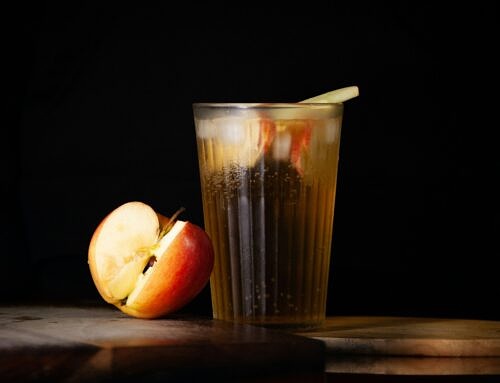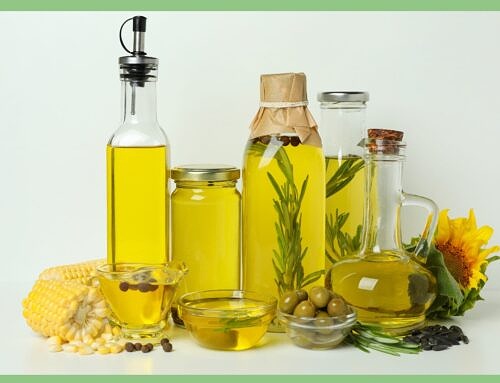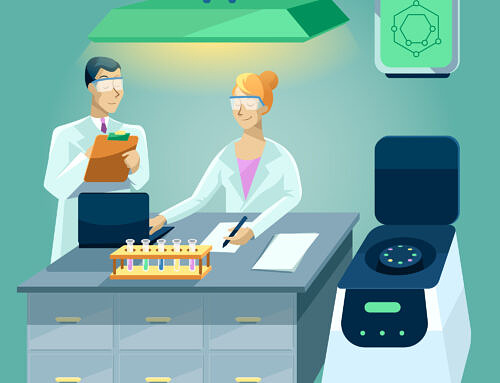
1 Lettuce
“It is said that the effect of eating too much lettuce is “soporific”…..The Flopsy Bunnies simply stuffed themselves with lettuces. By degrees, one after the other, they were overcome with slumber and lay down in the mown grass.”
I’ll be honest, I had to look up the word “soporific” when I first read this classic children’s story. The effect comes from lactucarium which is present in some lettuce varieties, especially wild lettuce. You may notice it as a milky sap in the base of the stems. Lactuarium has sedative and analgesic properties, but it is not clear how much lettuce we would need to eat to experience these effects – the study into its sleep-inducing effect appears to have only been tested on mice.
I used to think there wasn’t much to lettuce, it’s just a leaf that fills the plate without a huge amount of taste. Yet, studies suggest that lettuce can help to lower cholesterol and has anti-inflammatory properties! It also contains a range of vitamins and minerals, as well as fibre.
If you want more flavour from your lettuce, you could try red lettuces which can have a more bitter taste. I haven’t seen them whole in the shops but you can grow them from seed, or get the leaves in the mixed salad bags in supermarkets (not as good nutritionally but handy if you are short on time). Red lettuces may contain more antioxidant compounds than the green varieties.
2 Tomatoes
Mmmm I love the smell of tomato plants and freshly picked tomatoes. Unfortunately, we can’t get that benefit from shop-bought varieties but we can still get some health benefits.
This salad fruit adds not only colour and taste to the dish, but also a range of nutrients. Along with the vitamins, tomatoes contain a substance called lycopene under the skin. This has been associated with reduced risks of heart disease and cancer. However, while you will get some lycopene from your salad, processed tomatoes such as tomato paste and pasta sauce have greater amounts than the fresh fruit. Lycopene has also been found to reduce the risk of getting sunburnt – this is helpful but I would not recommend relying solely on tomatoes as a way of protecting your skin.
Tomatoes also contain antioxidant compounds, which may also help to reduce inflammation (naringenin) or lower blood pressure (chlorogenic acid).
Did you know that tomatoes can be found in a variety of colours? Red, yellow, purple, orange and green are available – just make sure they are a variety of that colour and not under-ripe!
3 Cucumber
I thought I’d lost my cucumber plant this year in the heatwave, but it’s made a comeback… fingers-crossed!
Some studies that show this hydration-supporting fruit can help reduce blood sugar, supporting individuals with diabetes. The high water content combined with the fibre, helps to soften stools and may therefore be helpful to anyone experiencing constipation (do not rely on cucumber alone if this is a problem for you).
Cucumber also provides a range of vitamins and minerals and antioxidants. It contains a relatively high level of vitamin K, which is required for blood clotting and bone strength (speak to a health professional before adding a lot of vitamin K-rich foods to your diet if you are taking anticoagulant medication such as warfarin).
To get the most health benefits, eat with the skin on.
As well as eating cucumber on a salad, you could chop some into sticks and use as a snack with a dip or sandwich accompaniment. A 2” long section is about a portion of your daily fruit and veg intake.
Cucumber is also believed to be good for our eyes – not through eating but by placing cool slices of it on our eyes while we relax. This is thought to be due to the water, vitamin C and folic acid content. For the best results, the cucumber should be chilled.

4 Spring Onion
They are only small, but spring onions contain a good range of health-supporting nutrients, including folate which is important for growth and development. Spring onions naturally contain sulphur, which is thought to support the body’s insulin production and therefore helps to balance blood-sugar levels.
Spring onions are not just good for clearing your nose while you’re eating them (homegrown ones particularly can be strong!), they are believed to contain antibacterial and antiviral properties which support the immune system and help to reduce mucus. These properties may also help to prevent stomach and gut issues such as diarrhoea.
As well as eating them as a salad ingredient, you could try including spring onions in stir-frys. I use them in salmon fishcakes for my family.
5 Radish
OK, may be not one of the most common salad ingredients but I think they deserve to be here. Radishes are tasty, colourful and healthful. They have been used anecdotally throughout history as remedies for illness such as sore throats, fever and inflammation.
Did you know that radishes are part of the same plant species as cabbages and broccoli? Like these foods, they contain isothiocyanates which are believed to have cancer-preventing properties. As with other foods of the species, the leaves can be eaten. Radish leaves may help to lower cholesterol, and improve digestion by supporting bile production.
There has been a study that showed that radish juice supports stomach and gut health, and reduce the risk of gastric ulcers.
Caution: Don’t eat large amounts of radishes if you have thyroid problems. Studies suggest that they may reduce thyroid hormone production and mimic a hypothyroid condition.
If you want to try vegetable gardening but don’t know where to start, radishes are great. They have a fairly long sowing season as they only take about 4 weeks to develop. Only plant in short rows to avoid a glut, but sow every couple of weeks throughout the season to keep a supply. The seeds can easily be grown in the ground or in planters.



